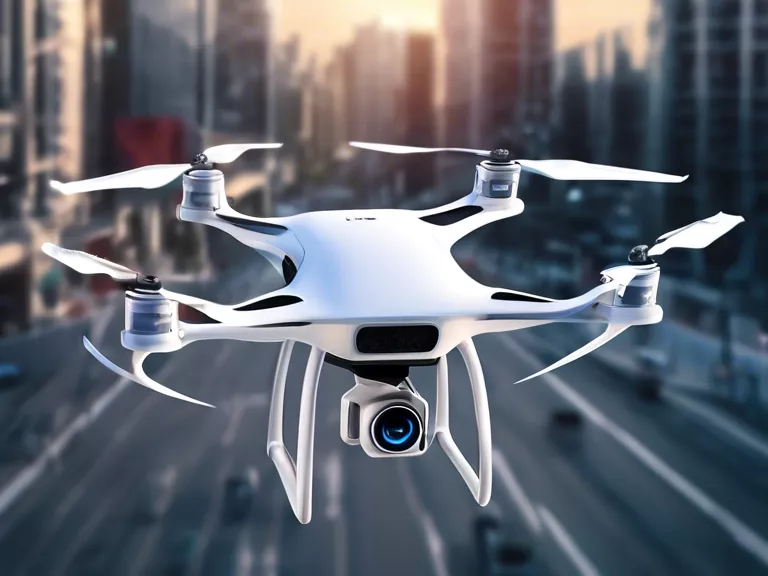
The Future of Urban Air Mobility: How Drones are Redefining City Transport
Urban air mobility (UAM) is rapidly becoming a key focus for transportation companies looking to revolutionize how people move around cities. Drones, in particular, have emerged as a game-changing technology in the realm of UAM. These unmanned aerial vehicles are capable of transporting people and goods quickly and efficiently, offering a new way to navigate congested urban areas.
One of the biggest advantages of drones in UAM is their ability to bypass traditional traffic bottlenecks. By flying above ground level, drones can transport passengers and packages to their destinations in a fraction of the time it would take by car or public transportation. This not only saves time for commuters but also reduces congestion on roads, leading to a more efficient and sustainable transportation system.
In addition to speed and efficiency, drones are also more environmentally friendly than traditional modes of transport. Electric-powered drones produce zero emissions, making them a cleaner alternative to gas-guzzling cars and trucks. By leveraging drones for UAM, cities can reduce their carbon footprint and improve air quality for residents.
Furthermore, drones offer flexibility in terms of routes and accessibility. They can navigate through tight spaces and reach destinations that may be difficult to access by road. This opens up new possibilities for transportation in urban areas, especially in densely populated cities where congestion is a major issue.
As technology continues to advance, the future of UAM looks promising. Companies are investing heavily in developing drone technology to make it safer, more reliable, and more affordable for mass adoption. With ongoing advancements in battery technology, drone manufacturing, and air traffic management systems, we can expect to see more drones flying above our cities in the coming years.
In conclusion, drones are redefining city transport by offering a fast, efficient, and sustainable way to navigate urban areas. As UAM continues to evolve, drones will play a key role in shaping the future of transportation and creating smarter, more connected cities.



